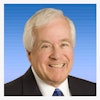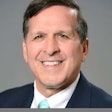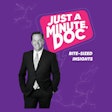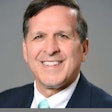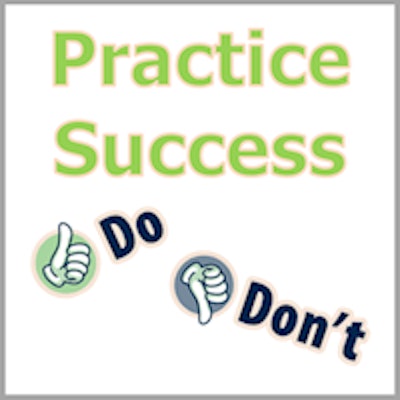
If your practice has trouble staying on schedule -- even when patients show up on time -- or often has downtime between appointments, your scheduling guidelines probably need to be updated. You and your team may have inaccurate impressions of how long it really takes to treat patients. The solution is to rely on facts, not guesswork or old habits.

Conduct procedural time studies. Time how long it actually takes to perform each procedure, in at least 10 instances. Average the recorded times. With these figures for all clinical staff members, the front desk coordinator can allocate appointment times (based on 10-minute increments, which are more efficient than 15-minute units) more accurately.

Don't make assumptions -- or rush. You may be tempted to assume you already know how long it takes you or others to carry out procedures, but many dentists are surprised when they do time studies. You, your staff, your technology, and other factors change over time, so your assumptions could now be totally inaccurate. Also, some dentists unconsciously rush when being timed. For greater accuracy, make a conscious effort to work at your normal pace.
Roger P. Levin, DDS, is the chairman and CEO of practice management consulting firm Levin Group. You can connect with Levin Group on Facebook and Twitter (@Levin_Group) to learn more strategies and share ideas. Also, check out Dr. Levin's free practice management videos at www.levingroup.com/gp.
The comments and observations expressed herein do not necessarily reflect the opinions of DrBicuspid.com, nor should they be construed as an endorsement or admonishment of any particular idea, vendor, or organization.



